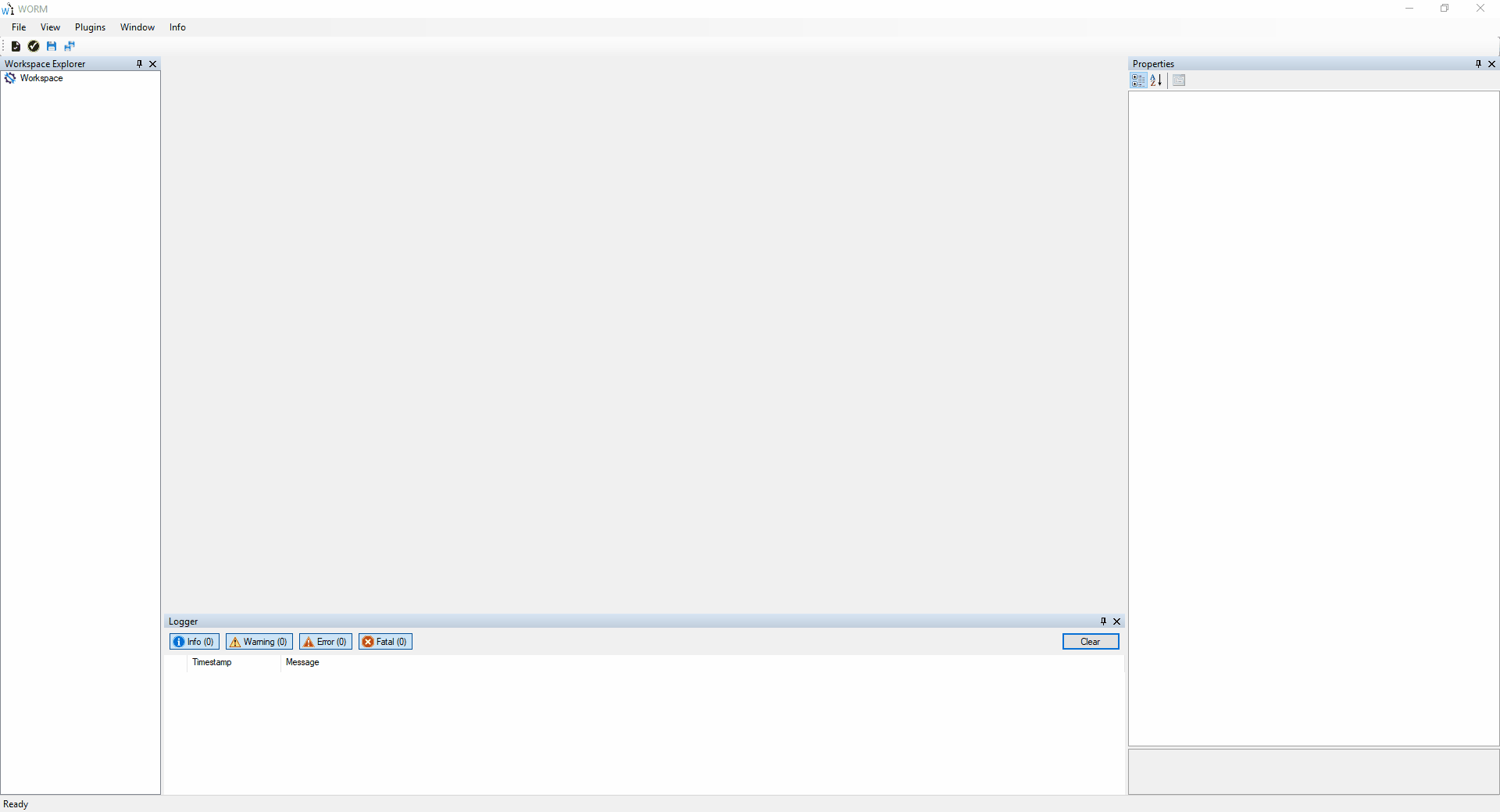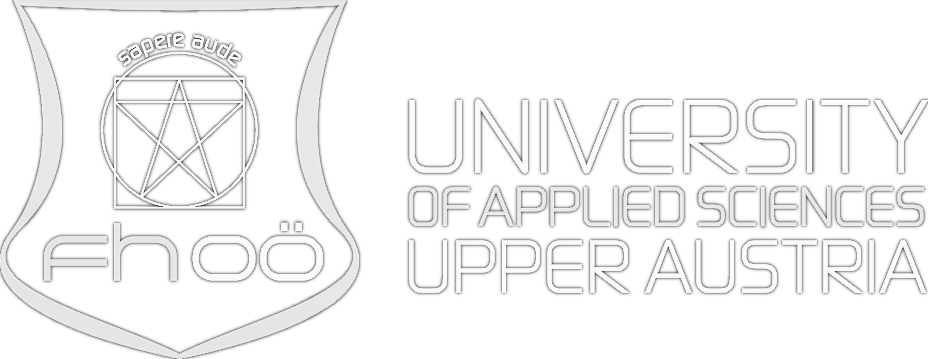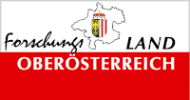WORM - Workflow Modeler

1) Where can this software be used?
To be able to produce products flexibly, you often need a combination of various components from different manufacturers and appropriately trained personnel. Many of the technical components (machines, robots, etc.) are typically controlled by programmable logic controllers (PLC), whereby workers are instructed with appropriate work instructions. Currently, typically required work sequences are planned in writing or software-supported on the basis of specifications. Once these specifications have been completed, they must then be converted in several iterations into software or product-specific work instructions. This results in a direct dependency between specification and implementation. If the specification changes, the software implementation or work instructions must also be updated. With the help of the Workflow Modeler this dependency can be reduced or in some cases even avoided.
2) What can be achieved with this software?
The Workflow Modeler offers the possibility to model workflows of machines, robots and humans simultaneously. From these so-called workflow models, which are created using the graphical modeling software, any artifacts can be generated. These artifacts offer a considerable added value for the end customer and can be used, for example: programs for controllers, scripts for robot applications, visualizations for displaying workflows, etc. Previously, these usually had to be created individually in several iterations and subsequently maintained. Now, depending on the application, so-called plug-ins can be developed and integrated for the Workflow Modeler, which exactly meet these customer-specific requirements (e.g: visualizations, control programs, robot programs, applications of assistance systems) partially automated. At the same time it is possible to execute the workflow models directly with the help of a runtime. During the execution of the models, user inputs or process data are evaluated accordingly. The resulting commands for executing the work processes are forwarded to the integrated components. These commands can be transmitted via any communication standards (MQTT, OPC UA, etc.). As a result, work processes can be flexibly adapted and executed directly in production.
3) Download
The software is available as free prototype for download >> Downloads







